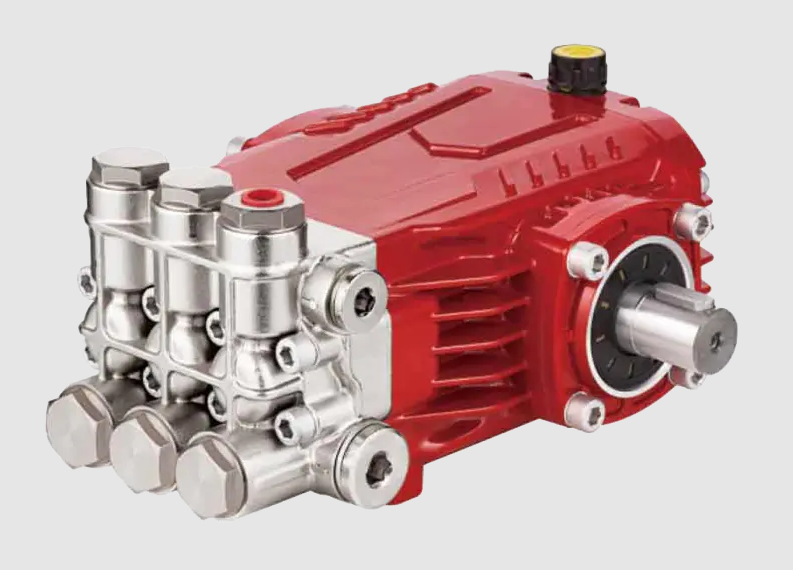Handling Corrosive and High-Temperature Fluids in Three Plunger High Pressure Pump

Introduction to Fluid Compatibility
Selecting the appropriate pump for a given fluid is crucial for operational safety, longevity, and efficiency. Three Plunger High Pressure Pump is widely used in industrial applications due to its ability to generate high pressures and maintain stable flow rates. However, the suitability of this pump for different liquid media depends on factors such as viscosity, chemical composition, temperature, and the presence of particulates. Understanding these factors allows operators to optimize performance while avoiding premature wear or damage.
Standard Liquid Media
Three Plunger High Pressure Pump is commonly used to transfer water, oils, and other low-to-moderate viscosity fluids. Its robust design allows it to handle clean or slightly contaminated liquids efficiently. In water treatment, industrial cleaning, and cooling applications, this pump delivers consistent high-pressure flow, ensuring reliable system performance. It can also handle light chemicals or aqueous solutions, provided that the chemical compatibility with internal components is verified.
Handling Corrosive Liquids
When it comes to corrosive liquids, the material construction of the pump becomes critical. High-quality Three Plunger High Pressure Pump units often feature stainless steel or specialized alloy plungers, valves, and cylinder components that can resist chemical attack. Fluids containing acids, alkalis, or salt solutions can be pumped safely if the internal surfaces are made from corrosion-resistant materials. Users must ensure that seals, gaskets, and auxiliary components are also compatible with the liquid to prevent leakage or degradation over time.
High-Temperature Fluid Transfer
Three Plunger High Pressure Pump can also handle high-temperature liquids, but there are operational limits that must be observed. Pumps designed for elevated temperatures incorporate heat-resistant seals and lubricants capable of maintaining performance under thermal stress. High-temperature water, oils, or heat-transfer fluids can be pumped efficiently if the system is designed to accommodate expansion, thermal gradients, and potential cavitation. Exceeding the maximum temperature rating can damage seals, reduce pump life, and compromise safety.
Viscous and Abrasive Fluids
Although the pump is versatile, highly viscous or abrasive liquids require careful consideration. Fluids with suspended particles or high solid content can increase wear on plungers, valves, and cylinder walls. Three Plunger High Pressure Pump may require specialized coatings, hardened components, or auxiliary filtration to manage such media effectively. Viscosity also affects flow rate and pressure output, so proper sizing and system design are essential to ensure reliable operation.
Conclusion
In conclusion, Three Plunger High Pressure Pump is suitable for a wide range of liquid media, including water, oils, and moderate chemicals. With proper material selection and system design, it can handle corrosive liquids and high-temperature fluids safely. Operators must ensure chemical and thermal compatibility of all pump components, and for abrasive or viscous liquids, additional protective measures may be necessary. By understanding the limitations and proper usage conditions, users can maximize the pump’s performance, longevity, and safety across diverse industrial applications.
- Art
- Causes
- Crafts
- Dance
- Drinks
- Film
- Fitness
- Food
- Игры
- Gardening
- Health
- Главная
- Literature
- Music
- Networking
- Другое
- Party
- Religion
- Shopping
- Sports
- Theater
- Wellness


